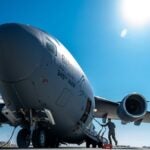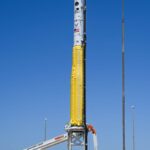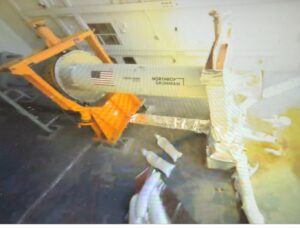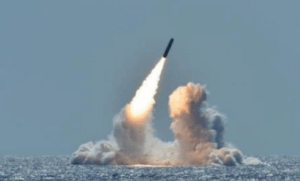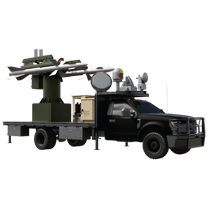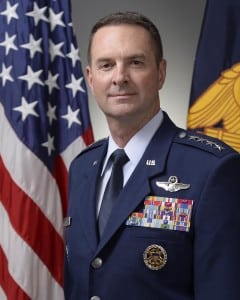
Amid overseas deployments and responding to natural disasters in the U.S. and its territories, the readiness of the National Guard is where it needs to be, Air Force Gen. Joseph Lengyel said on Tuesday.“We are right where we are supposed to be in terms of what we’re built to go do,” Lengyel, who is chief of the National Guard Bureau, told reporters at a Defense Writers Group breakfast.Lengyel said guard and reserve forces don’t have to be ready at all…

 By
By 
